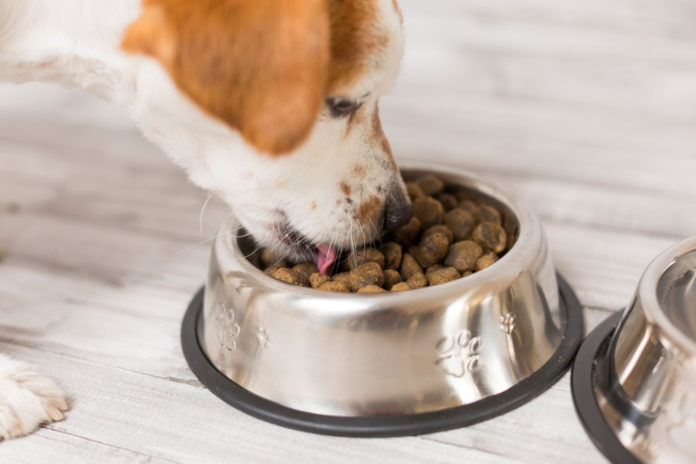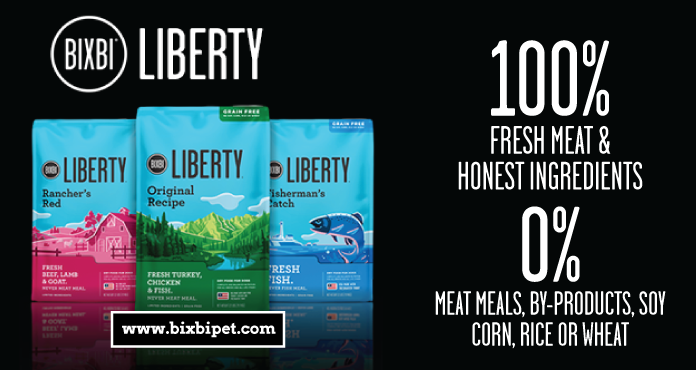Is “meat meal” good for your dog?

Learn more about the “meat meal” listed on your dog’s food package and whether or not it’s actually healthy for your canine companion.
Most pet foods nowadays list real meat as the first ingredient. That’s great news – but often that real meat will be followed by something called a meat meal. What exactly is a meat meal, and why does it have to be called out separately from the “real” meat?
Defining “meat meal”
Meat meals (beef, lamb, pork, etc.), poultry meals (chicken, duck, turkey, etc.) and fish meals are commonly used as low-quality protein sources, especially in dry pet foods. These meals are meat that’s been dried and crushed into powder, and they provide a cheap way to spike protein levels. But that’s where the benefits end. Meals offer diminished nutritional value and lower nutrient digestibility. They’re typically liquid rendered at high temperatures for hours, then dried into a powder at high temperatures, and finally cooked once more. Multiple high heat applications break down the proteins making them far less useful for your dog’s body. On top of it all, the industrial chemical agents used in the meal extraction process are often found in the final product but are not required to be listed on pet food ingredient panels.
Is all protein equal?
Even though meat meals test high for protein levels, the measurement in the finished product quantifies protein content but not protein quality. The protein in meals is rendered and processed so many times under such extreme heat that it is far less digestible than fresh, biologically available meat. Lower digestibility means your dog’s body cannot process it as easily as fresh meat, so meals end up passing through his system without being properly absorbed.
What do the regulators say?
Besides decreased nutrition and lower digestibility, meat meals can also contain questionable ingredients, including parts from diseased animals. Shockingly, the FDA’s Center for Veterinary Medicine Director is on record saying, “We do not believe that the use of diseased animals or animals that died otherwise than by slaughter to make animal food poses a safety concern.” It might not pose a safety concern, but it’s something no pet parent would knowingly want to feed to their dog.
The solution
So what’s a dog parent to do? The first step is to turn the bag over and check the ingredients. Listing real meat first is a great marketing trick, but real nutrition comes from all ingredients, not just the first one. Check if the company publishes information on the digestibility of the food, as that is a sign that quality ingredients are used.
With a few small steps, you can ensure that both you and your dog are getting the most out of the food you purchase for them!





